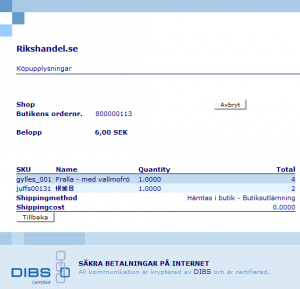The arp cache should (normally) be cleared within 20 minutes (or less, this depends on what platform is used).
If you don’t know what ARP is and what is is good for, then perhaps you should take a moment and read the man page:
DESCRIPTION
Arp manipulates or displays the kernels IPv4 network neighbor cache. It can add entries to the table, delete one or display the current content.
ARP stands for Address Resolution Protocol, which is used to find the media access control address of a network neighbor for a given IPv4 Address. |
DESCRIPTION
Arp manipulates or displays the kernels IPv4 network neighbor cache. It can add entries to the table, delete one or display the current content.
ARP stands for Address Resolution Protocol, which is used to find the media access control address of a network neighbor for a given IPv4 Address.
On a windows platform to show the arp cache
C:\> arp -a
Interface: 192.168.1.49 --- 0xb
Internet Address Physical Address Type
192.168.1.29 00-1d-92-08-49-25 dynamic
192.168.1.34 00-24-81-85-ab-b6 dynamic |
C:\> arp -a
Interface: 192.168.1.49 --- 0xb
Internet Address Physical Address Type
192.168.1.29 00-1d-92-08-49-25 dynamic
192.168.1.34 00-24-81-85-ab-b6 dynamic
To clear the cache
C:\>netsh interface ip delete arpcache
Ok. |
C:\>netsh interface ip delete arpcache
Ok.
To show the arp cache on a nix machine:
$ arp -vn; cat /proc/net/arp
Address HWtype HWaddress Flags Mask Iface
192.168.1.254 ether 00:08:ae:09:20:a0 C eth0
IP address HW type Flags HW address Mask Device
192.168.1.254 0x1 0x2 00:08:ae:09:20:a0 * eth0 |
$ arp -vn; cat /proc/net/arp
Address HWtype HWaddress Flags Mask Iface
192.168.1.254 ether 00:08:ae:09:20:a0 C eth0
IP address HW type Flags HW address Mask Device
192.168.1.254 0x1 0x2 00:08:ae:09:20:a0 * eth0
To clear the apr cache on a nix machine.

